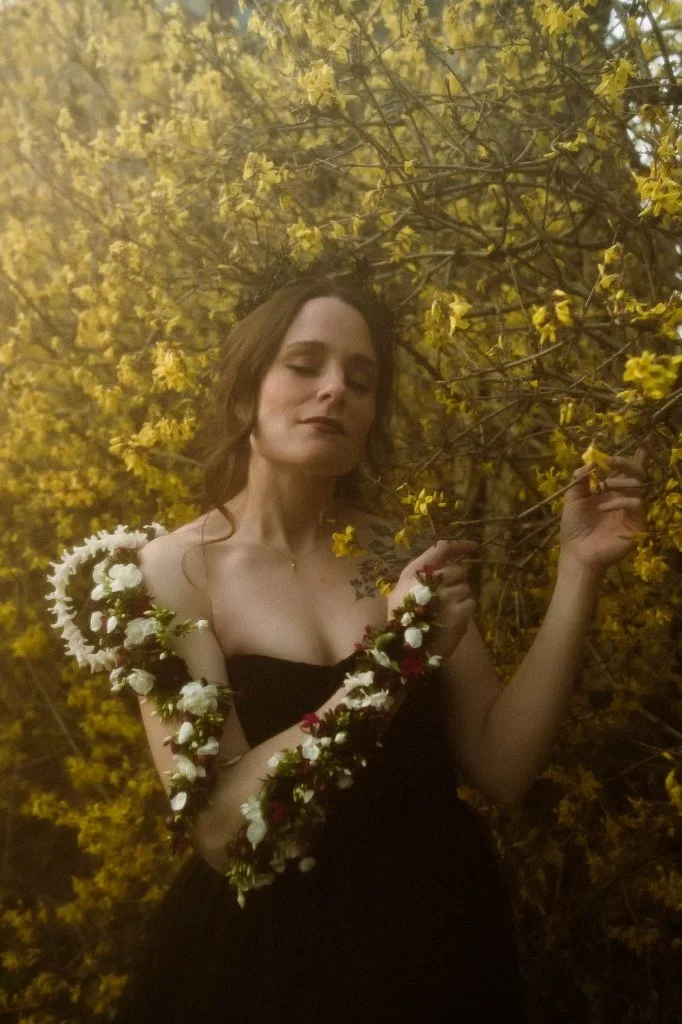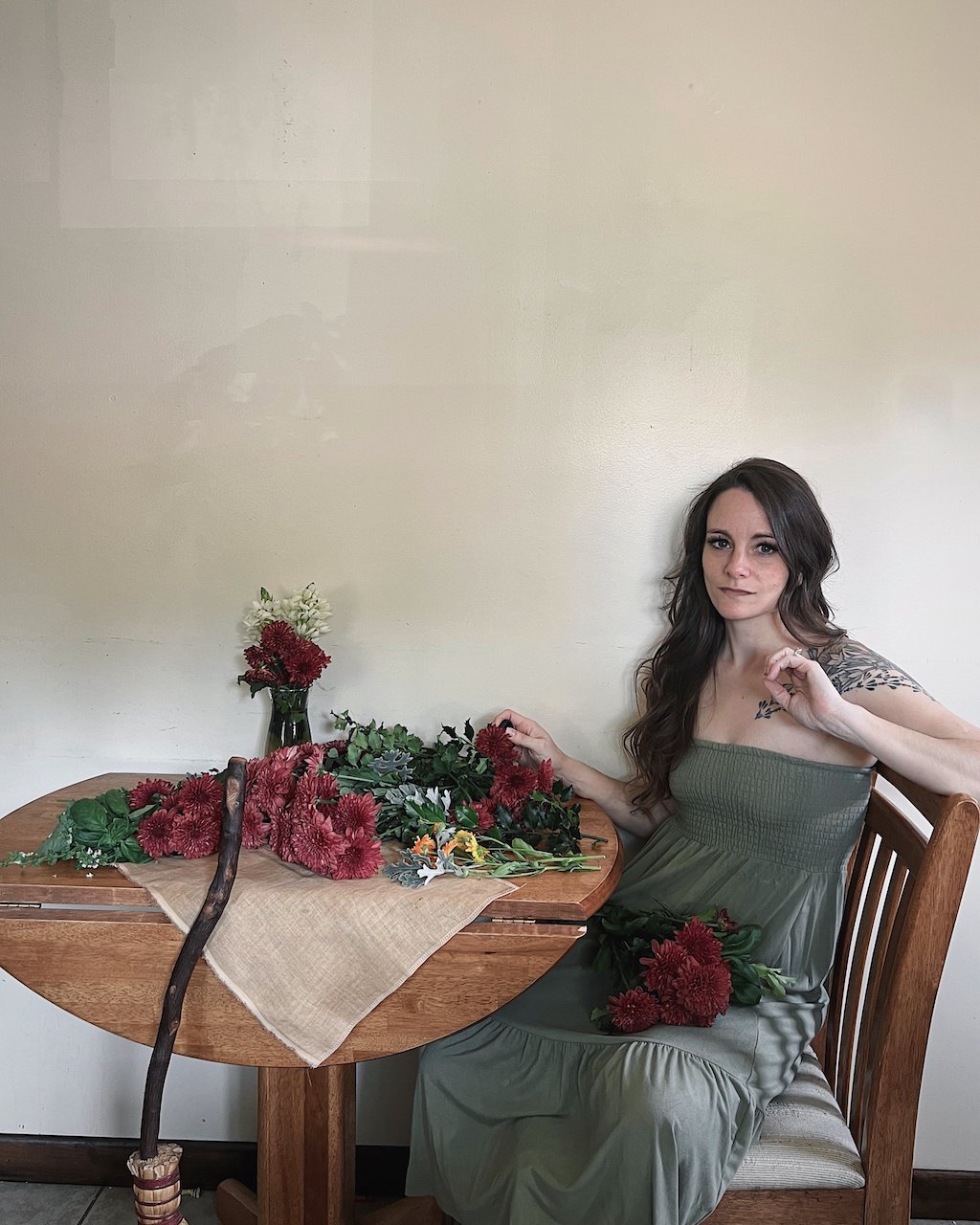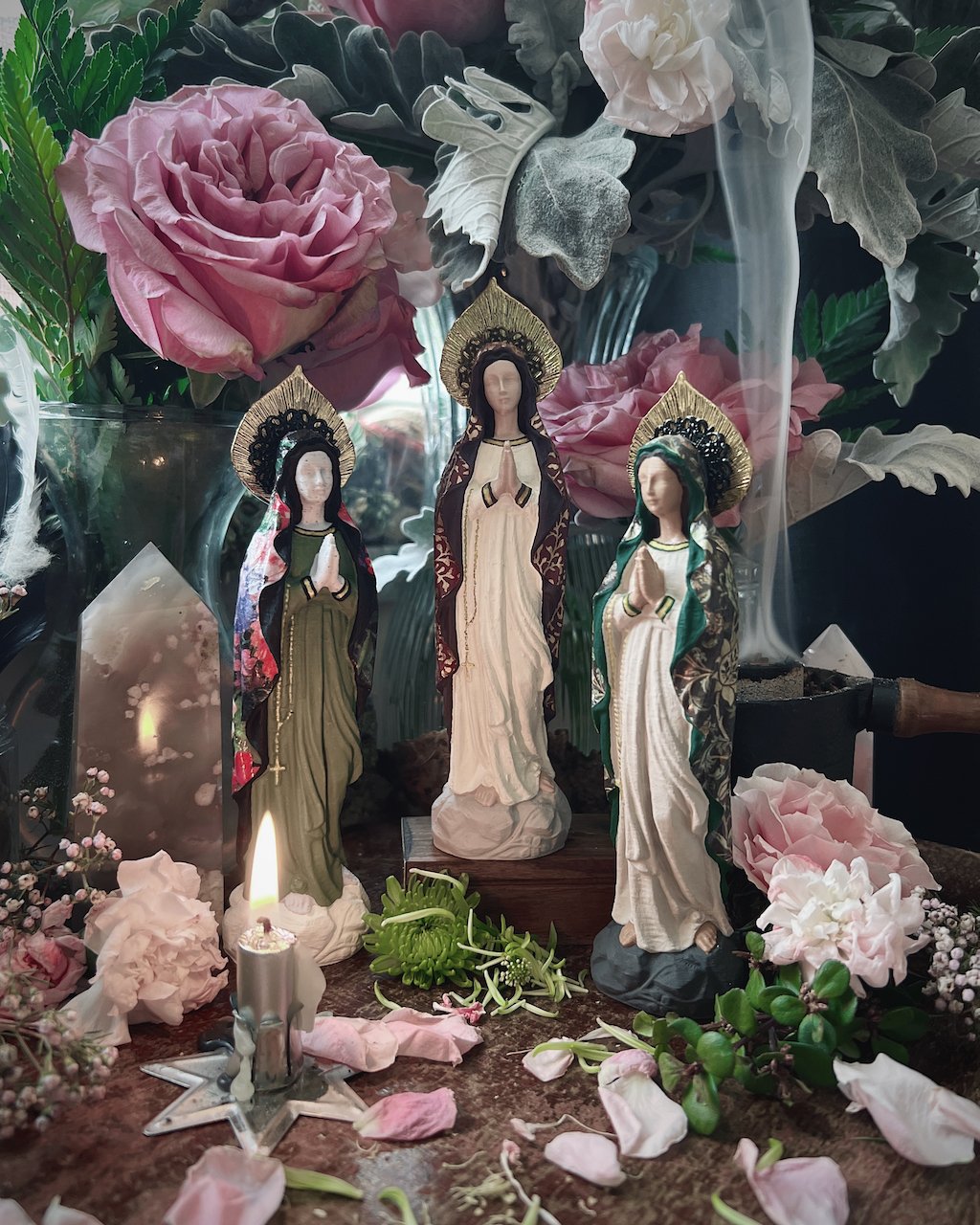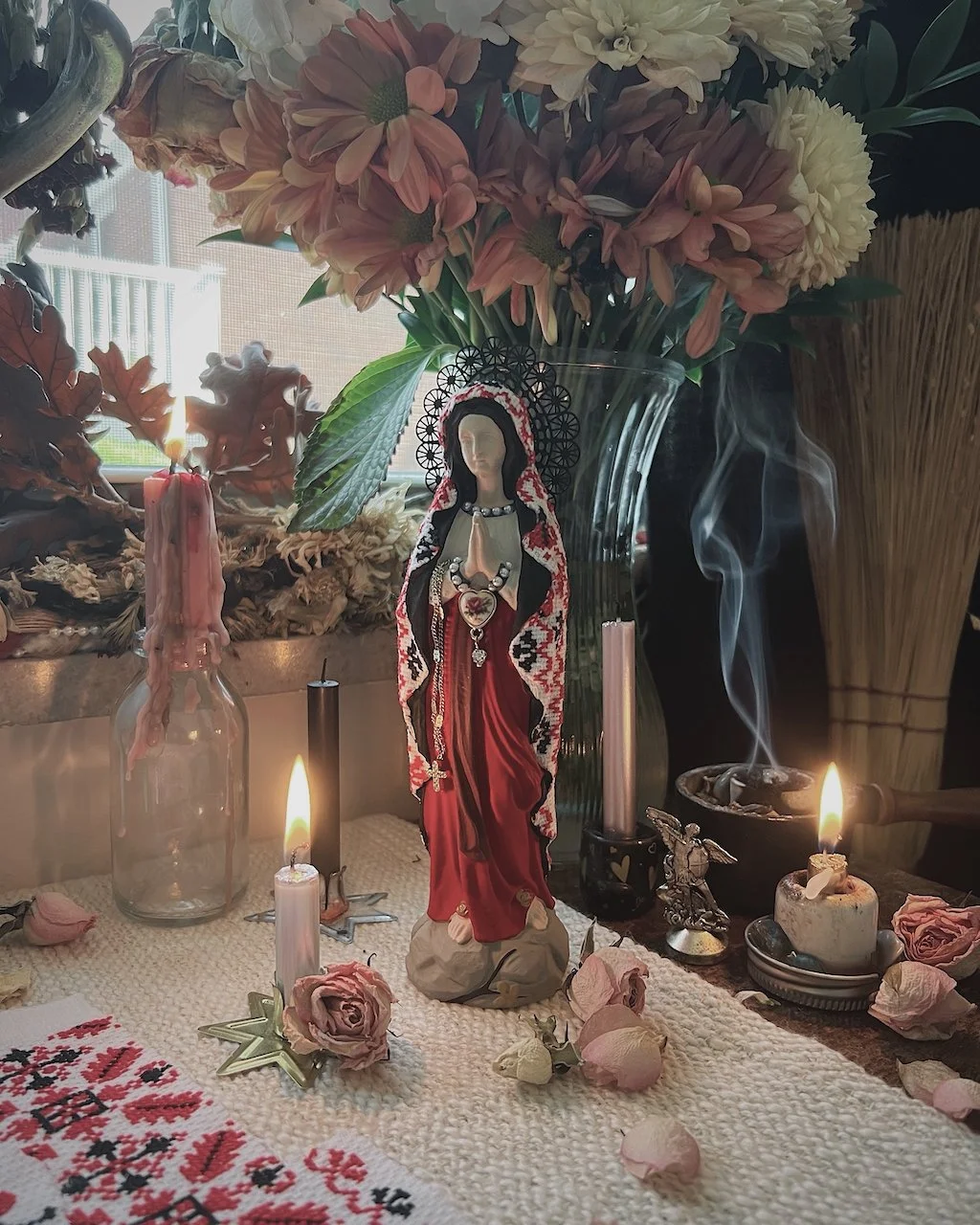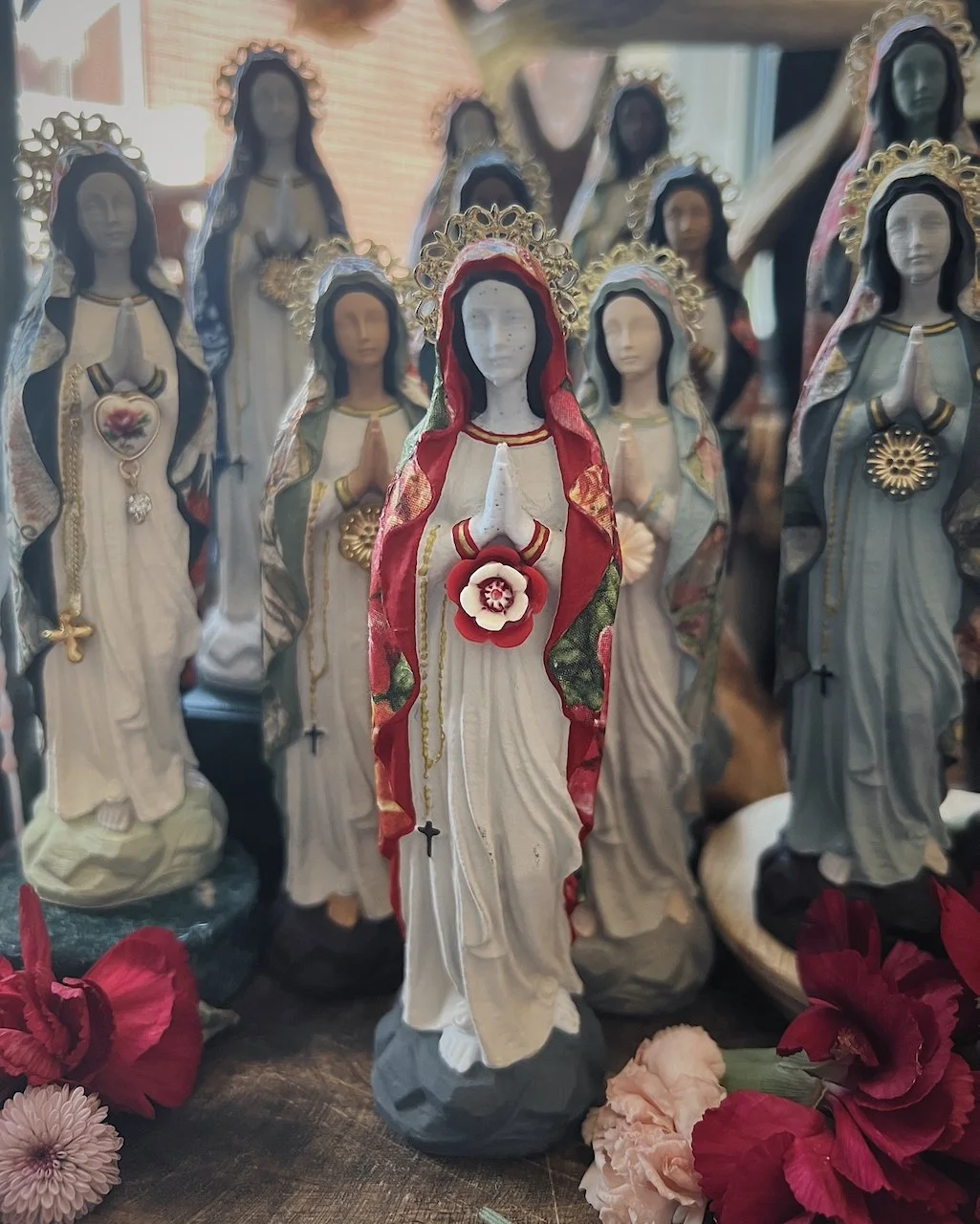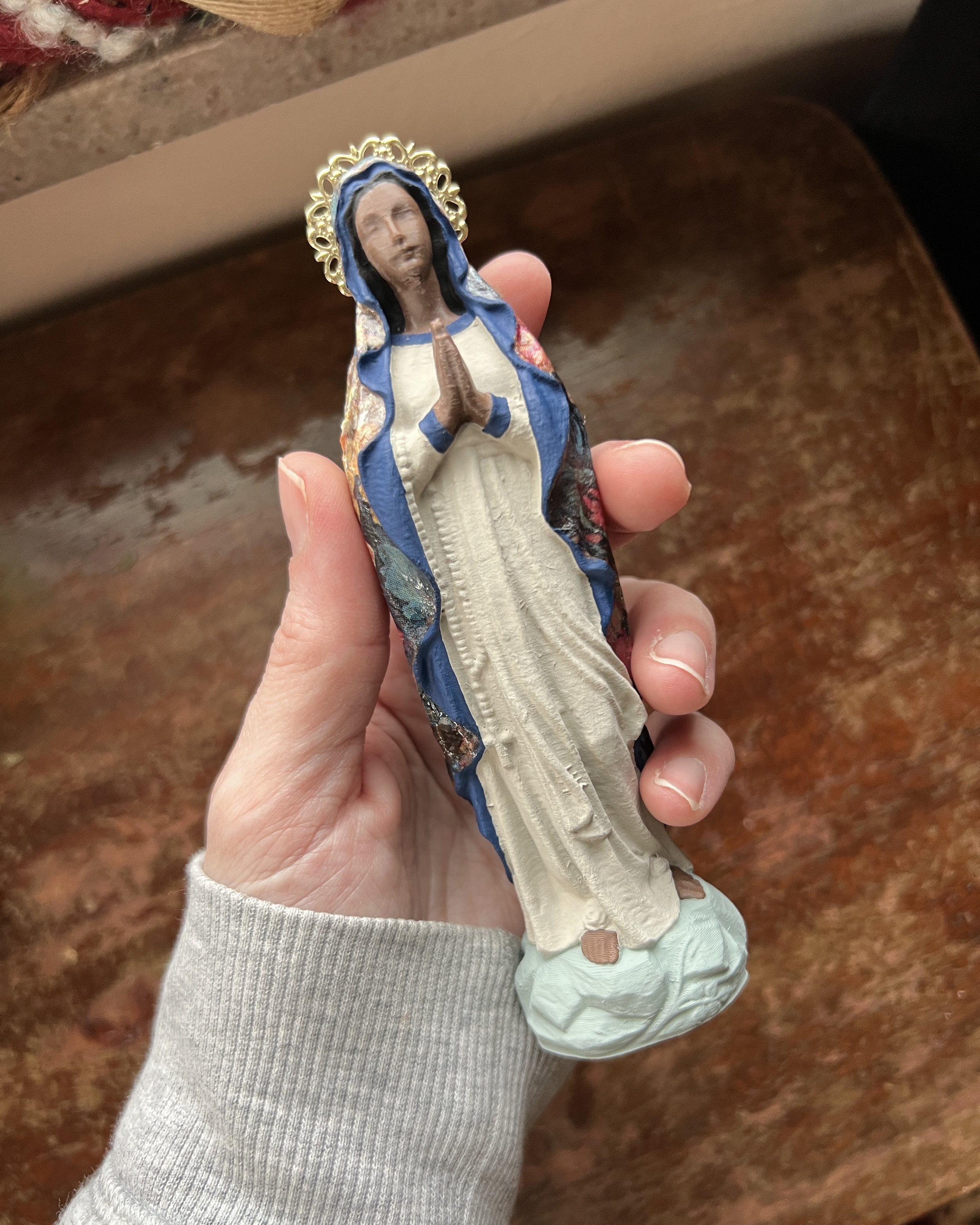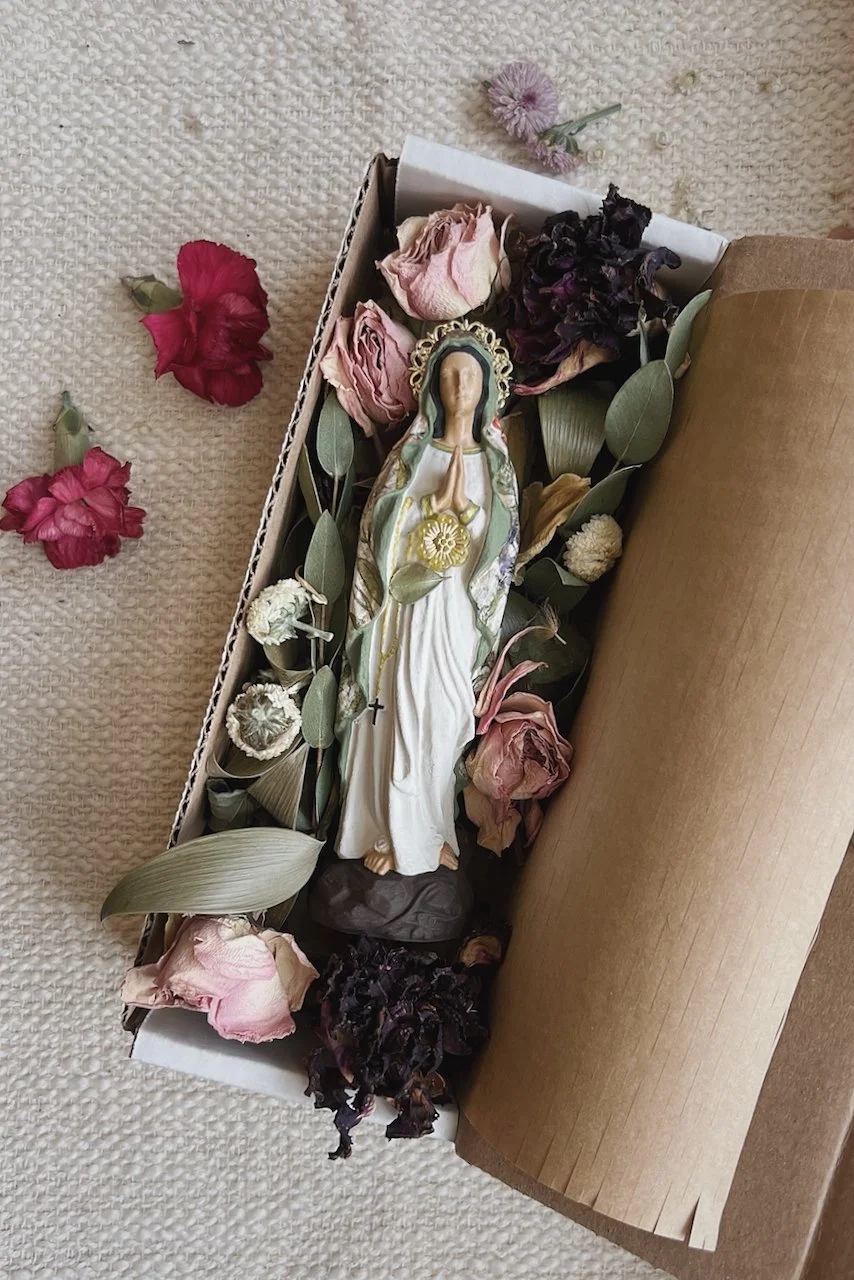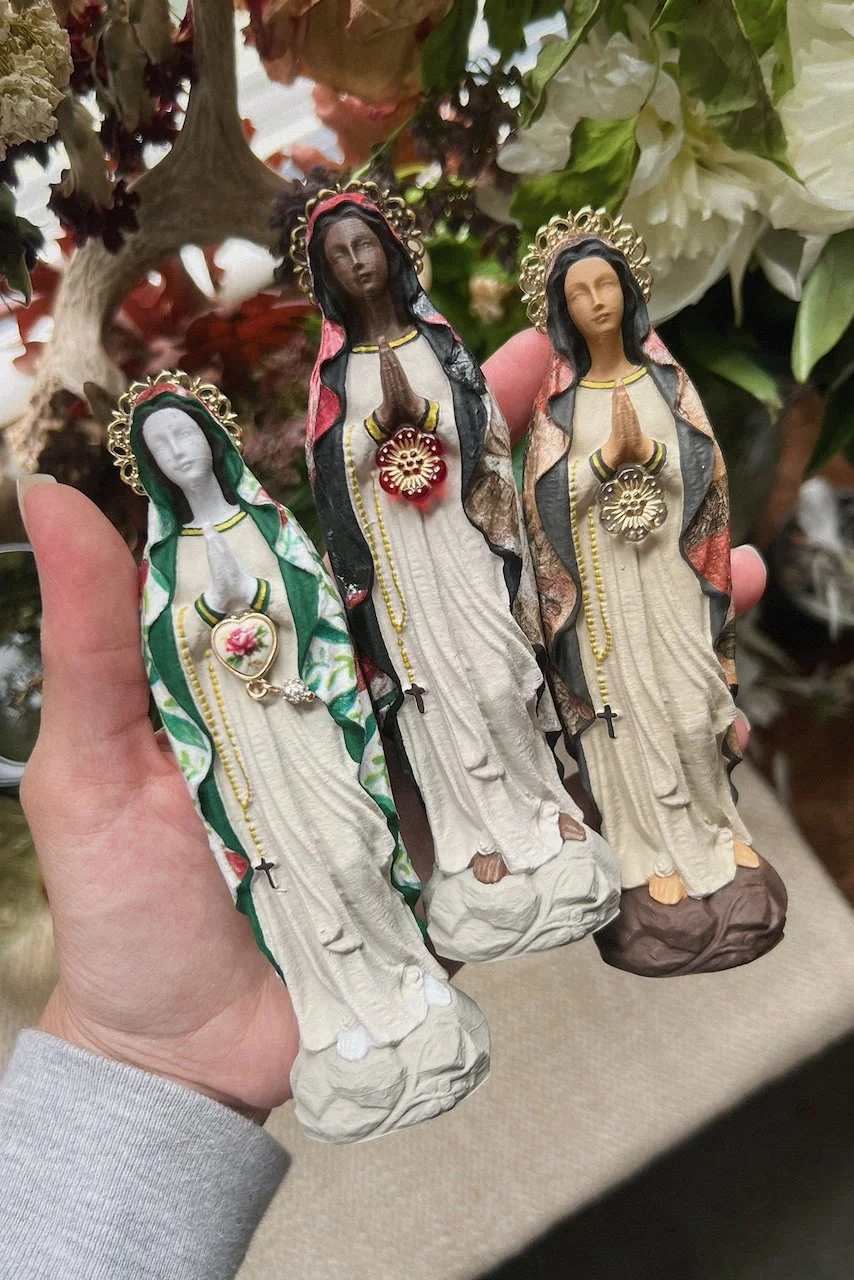Hi, my name is Rachel. I’m an artist, mom, and Appalachian folk witch. I was born and raised in southwestern Pennsylvania, where I live with my husband, kids, and pets.
(Follow me on Instagram for recent stories and updates.)
Appalachian folk magic is a spiritual and healing practice rooted in the folkways of Indigenous, African, and European communities. It is shaped by the people of Appalachia, the mountain region running along the eastern United States from Pennsylvania to northern Georgia, Alabama, and Mississippi, and encompasses three federally recognized and five state-recognized Native American tribal nations. Daily life in this landscape relied on practical remedies, the land, and faith, a grounding in place and spirit that continues today in the many forms people use to care for their loved ones and neighbors.
Traditionally, local healers drew on herbalism, midwifery, divination, and other skills and disciplines to offer guidance informed by experience and spiritual insight. While the traditions that shaped my own practice come from generations of Christian folkways, often expressed through a personal relationship with the saints and scripture rather than formal church authority, they belong to a wider Appalachian story shaped by many cultures.
Practitioners, known by many names, would have almost always rejected the term “witch,” yet their work was branded as witchcraft by an establishment that sought to control their methods and ideas, deeming them uncivilized or subversive.
My personal approach is shaped by family traditions, local lore, and the paths I’ve honored over the years, from needlework to Marian devotion. I’m fortunate to make a home here, continue learning, and deepen my connection to Appalachia.
photography by wearetherichards.com
Their approach to Christianity is very animist. To them, spirit is very present in the world—it’s present in the rock, so they go and pray to the rock, or they pray at the rock if someone is sick. — Sara Amis
Click here to read more of (including my contribution to) "Appalachian Folk Magic: Generations of 'Granny Witchcraft' and Spiritual Work" from the Smithsonian Center for Folklife and Cultural Heritage
Folk Mary
For current availability and to view feedback I’ve received from customers, please visit my shop.
I created my first folk Mary statuette in the summer of 2022 in honor of the Blessed Mother and her ability to establish such personal and unique relationships with each of her devotees and admirers. Just as Mary takes many different forms, every statuette is one of a kind—refined, painted, and embellished by hand using a variety of mixed media. The designs are inspired by elements of traditional folk art, especially needlework and costume.
I’m fortunate that I’m able to collaborate with my husband on this project, who generates the bases from eco-friendly polymer.
I instill so much love and devotion into every statuette and it’s a blessing to share them!
Along with my statuettes, I occasionally release loose incense, balms, textile pieces, and other handmade items inspired by the herbology and folk history of Appalachia and southwestern PA. Please follow my Instagram and Etsy for the most recent updates!

